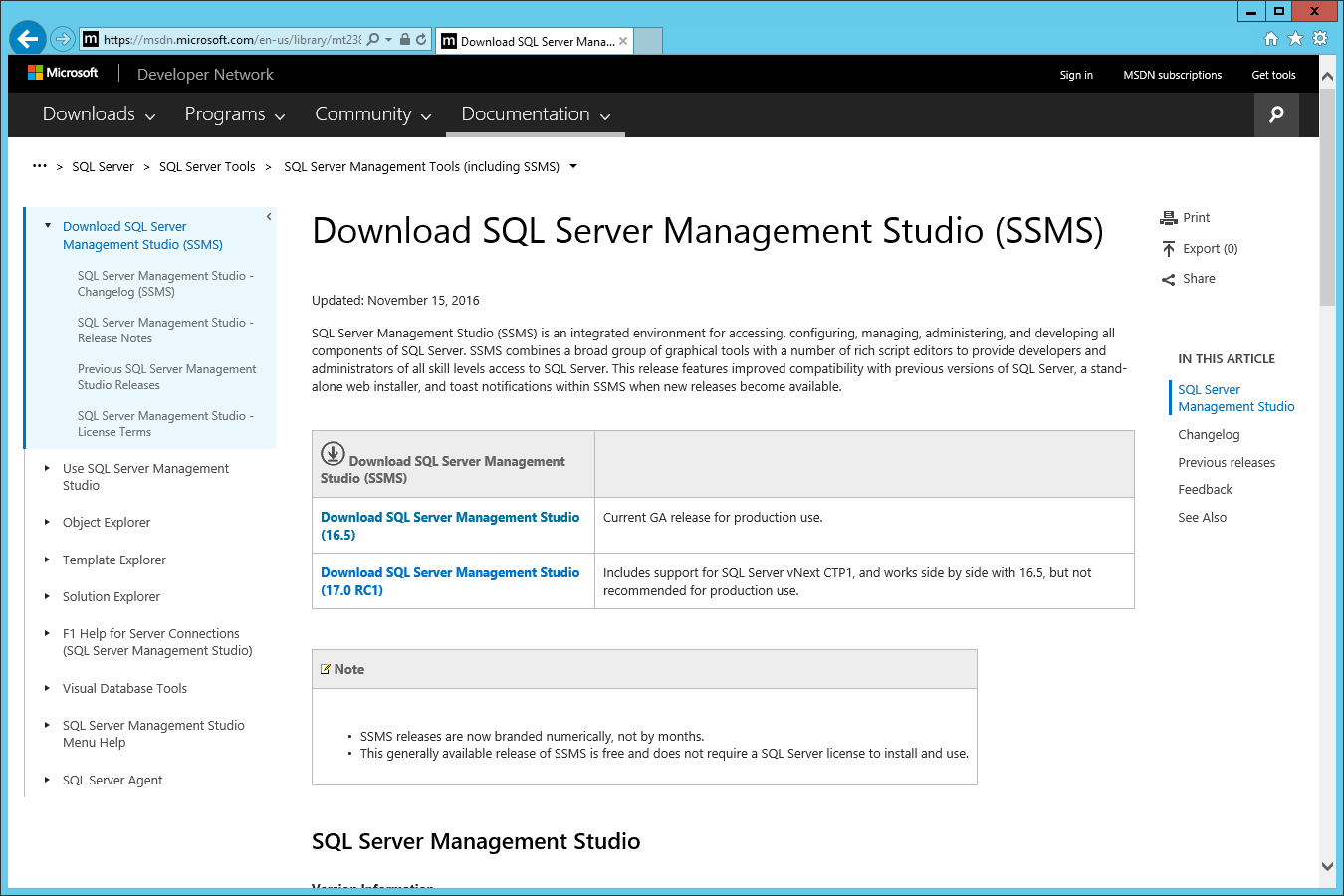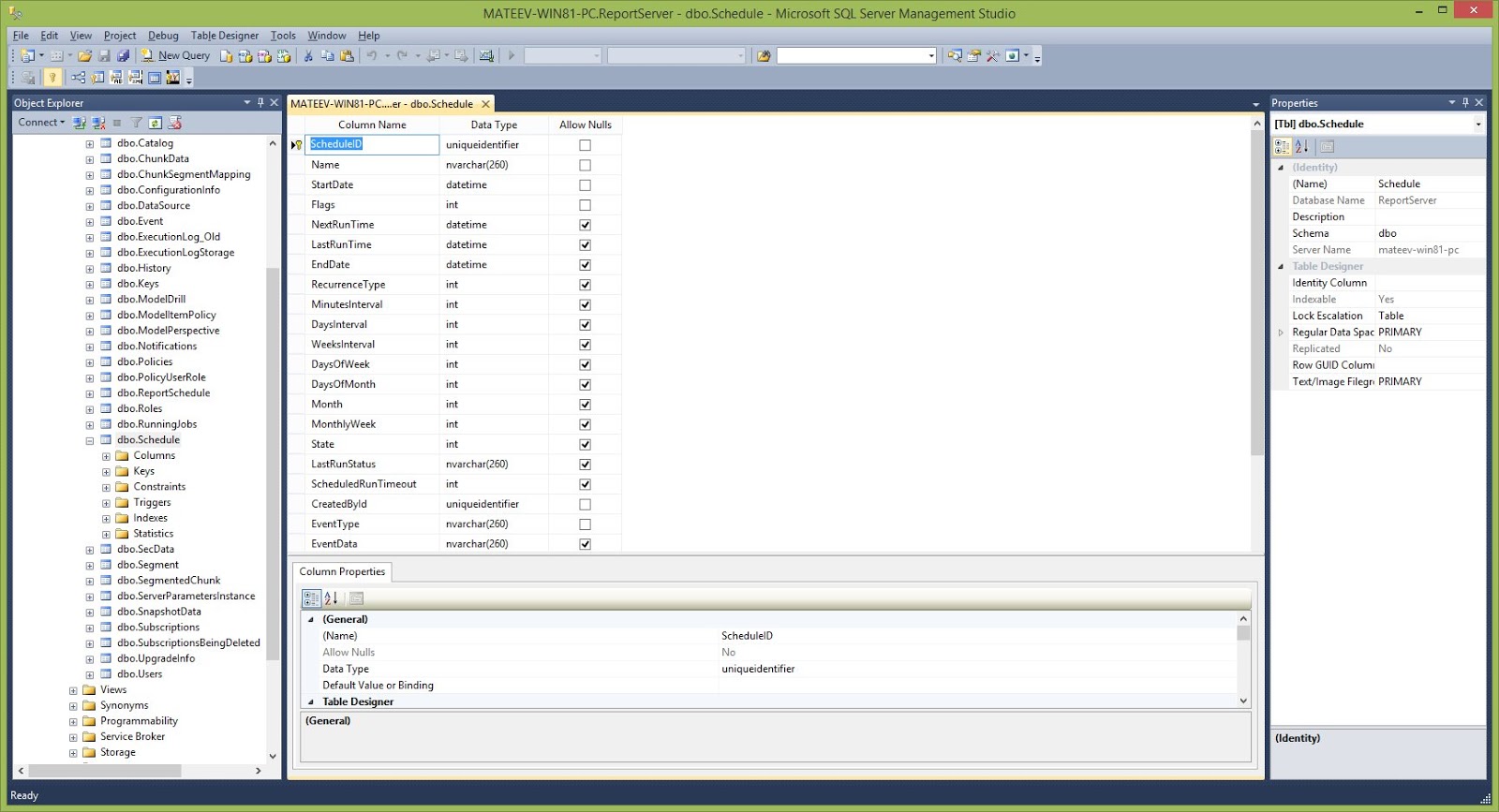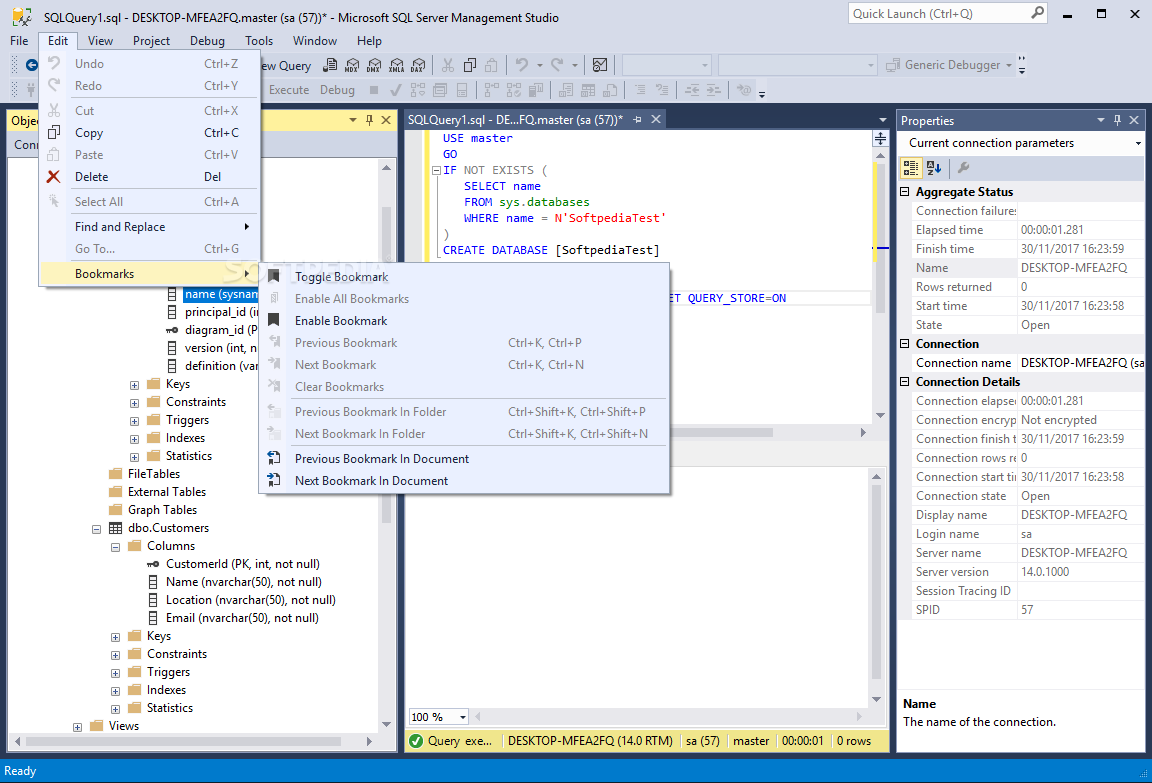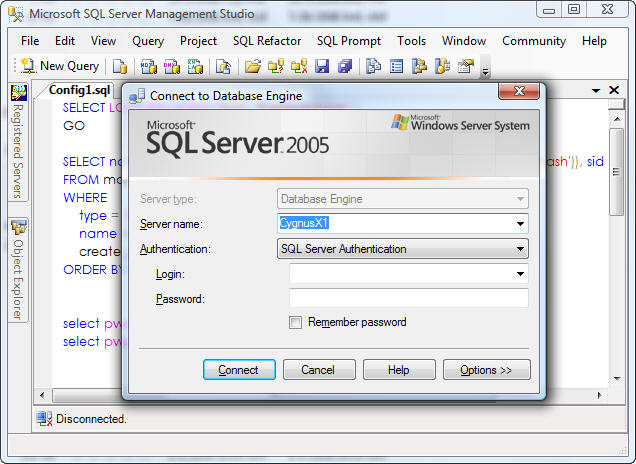
For example, you may have user-defined objects in the master database, scheduled jobs in msdb, or changes to the default database settings in the model database. Any user modifications to these databases will be lost, so it is important to backup any of this information you wish to retain. If a new collation is specified in the rebuild statement the system databases are rebuilt using that collation setting. When you rebuild the master, the model, msdb and tempdb system database are actually dropped and recreated in their original location. To change the default SQL Server collation you can simply rebuild the system databases. It is not mandatory that we change the default server level collation, because you can specify a different collation level when you create users databases, but you need to remember to specify this when creating user databases.

The server collation is specified during SQL Server installation. The server collation acts as the default collation for all system databases that are installed with the instance of SQL Server, and also any newly created user databases.

The Latin_1 General collation will sort 'Chiapas' before 'Colima' in an ORDER BY ASC clause, whereas the Traditional_Spanish collation will sort 'Chiapas' after 'Colima'."

Collations dictate these kinds of sorting and comparison rules. However, a Spanish speaker in Mexico might expect words beginning with 'Ch' to appear at the end of a list of words starting with 'C'. For example, in an ORDER BY clause, an English speaker would expect the character string 'Chiapas' to come before 'Colima' in ascending order. "Collations specify the rules for how strings of character data are sorted and compared, based on the norms of particular languages and locales.

Before moving ahead, let's discuss what the collation setting is used for as per books online


 0 kommentar(er)
0 kommentar(er)
